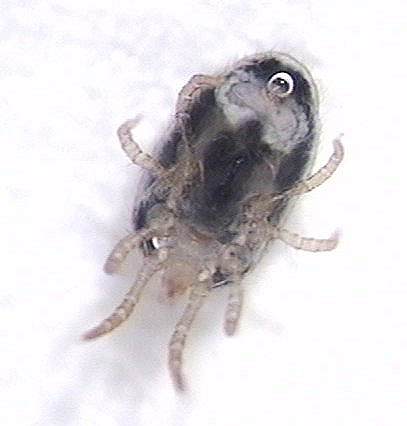 |
| My Cat Creature Winking |
Picture this: A young boy of about 9 running through an overgrown hay field with his black lab faithfully running behind him or a little girl having a tea party in the front yard of her suburban home with her best friend Molly the green parakeet on the back of the chair opposite her. Seeing this would help you understand why a child should not miss out on a pet.
There’s nothing more rewarding than seeing a child spending quality time with their pet. It is magical to watch the way they interact with the animal; Petting, talking with, and hugging on their best friend. So what makes pets great for kids? Pets are incredible educators for children in many ways. Pets are ambassadors to friendship, responsibility and compassion. These are important characteristics that every parent wants their child to learn and grow up with. There are many pets out there that may seem well suited to be kept by children but the truth is there are many things to consider when bringing the proper animal into our homes.
Many of the same questions we ask ourselves before bringing one home are the same for children but with more emphasis. One huge aspect of a child’s pet is the ability to hold and often times cuddle with their newfound friend. So which pet is suiting for your child?
Starting a child off with a pet can often times be challenging because things like space, affordability, and amount of care are imperative factors in the decision. A child’s age is another aspect to take into consideration as well. Most children between the ages 4 and above have potential to enjoy a pet without harming them or the animal. This of course also depends on the child’s maturity level.

There are 7 pets, exotic and domestic, that I find is suiting for children around this age group. While there may be others, these seem to fit most children and adults.
· Leopard Gecko- This reptile is hearty and meek in just about every aspect of its husbandry. Children can carry them around on their shirts as they play around in the house or apartment. These lizards do not need UVB as they are nocturnal. Which means they only wake up at night. Heating is essential but not as demanding as some other reptiles. Leopard Gecko’s are insectivores devouring any cricket or mealworm their eyes are aligned upon.
· Bearded Dragon- These particular lizards aren’t too difficult to keep as long as you maintain their heating requirements. While “Beardie’s” are relatively small when born they will reach lengths of about 1.5-3 feet. Like the Leopard Gecko’s they are also insectivores. For temperament, you couldn’t ask for a better lizard.
· Dogs- All dogs make wonderful pets for children but, I would stay away from the smaller breeds as the child may unintentionally injure them. I personally grew up with a Black Labrador that we named Crazy because he would partially swing inside our tire swing. He sure was something else. I loved that dog.
· Ball Pythons- If the child loves snake then this python is a great fit. It doesn’t get as huge as most pythons do. Nor does it come with the aggressive nature that others do. They are hearty in that Ball pythons are forgiving in less than perfect habitat settings (Not Recommended) like if a heat light is cut on for a day, they are not likely to get sick.
· Cats- Cats make great pets for a number of reasons. The biggest is they are low maintenance. Most will be happy if left alone and fed. Plus there are some breeds that act like dogs in their personalities. An example is the Angora. These particular cats are known for learning to play fetch.
· Parakeets- From green to yellow to blue, parakeets come in a variety of colors. Just like their colors vary so do their personalities. These perfect little parrots can learn to mimic and do tricks. While they can be a bit on the messy side, they can be quite affectionate. The secret to keeping these beautiful birds happy and healthy is a clean water bowl, food daily, and out of a drafts way.
· Fish- For a child that isn’t the touchy, feely type then maybe a Betta Fish would suffice (Thanks Kathy Hollis). This is a great starter pet because they are not expensive and they are easy to take care of. An interesting fact, as a person watches fish in an aquarium that persons’ stress level decreases. So they are not just great for kids, they may even be good for you!
As the time comes when your child wants a furry scaly or feathery friend, you will have some insight into which pets are suitable for them. Hope this helped.
Hope you enjoyed the Post!
Questions or suggestions email me at James DWard24@gmail.com
Read more...


























